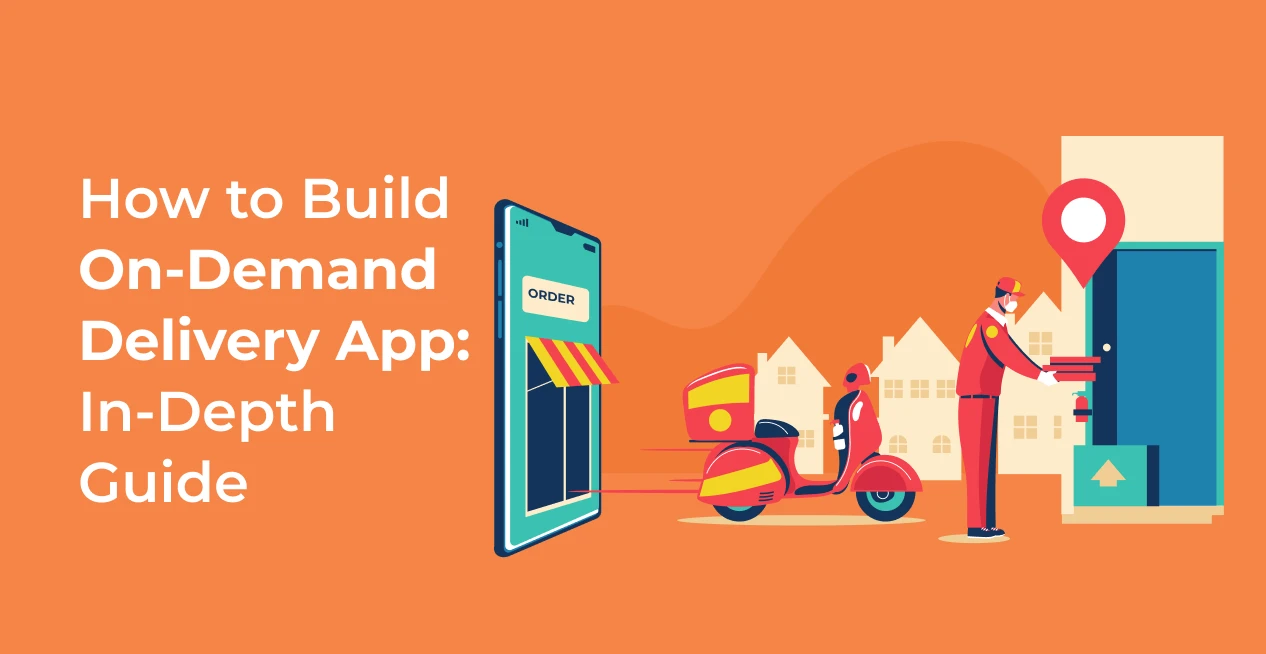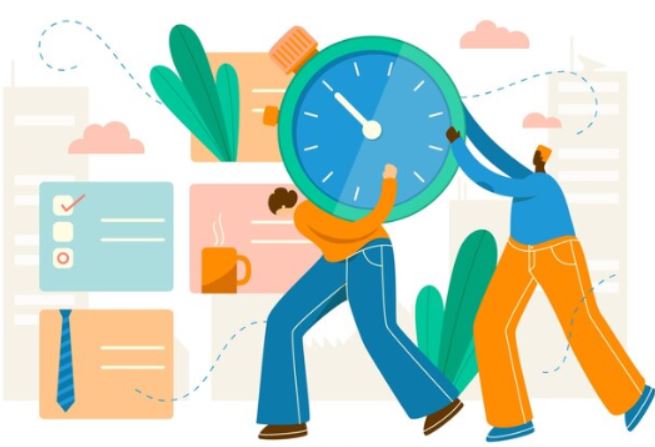In the constantly changing field of mobile commerce, 2025 will be a turning point for the on-demand delivery sector. Today’s consumers want smooth, quick, and easy delivery at their fingertips, whether it’s food, groceries, medications, or courier services. If you’re planning to enter this high-growth market, launching an on-demand delivery app in 2025 is a smart business move—but it demands strategic planning, the right technology, and a user-first mindset.
This blog will guide you through the essential steps for building a successful on-demand delivery app, including go-to-market strategies, tech stack, revenue models, market research, and essential features.
Why 2025 Is the Right Time to Launch an On-Demand Delivery App
The global shift toward instant gratification, combined with rising smartphone usage and digital payments, continues to fuel the demand for delivery services. Here’s why 2025 is ideal:
- Consumer expectations are higher than ever for speed, convenience, and reliability.
- AI and automation tools have made app development faster and smarter.
- Hyperlocal delivery models are thriving in urban and tier-2 markets.
- Contactless commerce and same-day delivery have become the new normal.
- Investors and VCs are still actively backing scalable delivery startups.
From food delivery and grocery drop-offs to logistics and home services, the opportunities are vast if you build your app with the right foundation.
Step-by-Step Strategy to Launch an On-Demand Delivery App in 2025
1. Define Your Niche and Delivery Model
Before development begins, clearly define:
- What will your app deliver? (e.g., food, groceries, parcels, pharmacy items, home services)
- Which delivery model will you follow?
- Single vendor (restaurant-to-customer)
- Multi-vendor marketplace (like Uber Eats)
- Aggregator model (logistics partner for multiple merchants)
- Hybrid/Cloud-based models (Dark kitchens, ghost grocery stores)
Identify the pain points of your target users and build around them.
2. Conduct Thorough Market Research
To succeed in 2025’s competitive delivery market, analyze:
- Customer expectations and behavior in your region
- Competitor apps and features
- Current gaps in user experience, delivery time, or pricing
- Local regulations, licenses, and delivery compliance (especially for food and medicine)
This will shape your product-market fit and long-term strategy.
3. Choose the Right Tech Stack and Development Partner
Your app’s performance, scalability, and features depend on your technology choices. For 2025-ready apps, opt for:
- Frontend: Flutter or React Native (for cross-platform performance)
- Backend: Node.js, Python, or Ruby on Rails
- Database: MongoDB, PostgreSQL
- Cloud & Hosting: AWS, Google Cloud, or Microsoft Azure
- AI Tools: For ETA predictions, smart routing, demand forecasting
- Payment Gateway: Stripe, Razorpay, PayPal, Apple/Google Pay
Pro tip: Partner with a specialized delivery app development company with proven experience and domain knowledge.
4. Develop MVP With Must-Have Features
Instead of launching with every feature imaginable, begin with a Minimum Viable Product (MVP) that includes essentials:
User App Features:
- Easy onboarding and sign-up
- Real-time tracking of orders
- Search and filtering
- Multiple payment options
- Ratings and reviews
- Live order support
Delivery Partner App:
- Delivery status updates
- Route navigation (GPS integration)
- Wallet and earnings management
- Notifications and reminders
Admin Panel:
- Order management
- User analytics and reports
- Vendor management
- Commission settings
As your user base grows, scale up with:
- Loyalty programs
- AI-based recommendations
- Voice ordering
- In-app chat
- Contactless delivery features
5. Set Up Logistics and Delivery Operations
The core of an on-demand app is how efficiently it delivers. Choose between:
- In-house delivery fleet: Full control, better customer experience
- Third-party logistics (3PL): Lower upfront cost, less operational complexity
- Hybrid: Mix of both, depending on demand and region
Integrate route optimization and AI-based dispatch systems to improve speed and reduce costs.
6. Plan a Sustainable Monetization Strategy
Common revenue models for on-demand delivery apps include:
- Commission-based (from restaurants/partners)
- Delivery fees (charged to customers)
- Subscription plans (for premium users)
- In-app ads and promotions
- Surge pricing and convenience charges
Choose a mix based on your niche, user base, and scalability plans.
7. Comply with Regulations and Security Standards
In 2025, data privacy and secure transactions are critical. Ensure:
- GDPR and local data protection law compliance
- Secure API integrations and encryption protocols
- Proper licenses (especially for food, healthcare, and alcohol delivery)
- Terms and conditions, refund policies, and insurance in place
Legal clarity builds customer trust and prevents operational hiccups.
8. Go-to-Market Strategy: Create Early Traction
Launching your app successfully requires more than just development. Here’s how to build traction early:
- Pre-launch campaigns: Teasers, email lists, landing pages
- Local influencer marketing
- Referral programs for both customers and delivery agents
- Promotions and first-order discounts
- Partnerships with local vendors or franchises
Post-launch, focus on retention with:
- Push notifications
- Feedback-driven feature updates
- Loyalty rewards and cashback offers
9. Measure, Analyze, and Optimize
Once your app is live, track key performance indicators (KPIs):
- User acquisition and retention rates
- Delivery success and delays
- App crash reports and usability feedback
- Customer support response time
- Average delivery time and satisfaction scores
Use analytics to continuously optimize UX, logistics, and operations.
10. Scale Regionally or Vertically
Once your delivery app gains traction, scale smartly:
- Expand into new regions or cities
- Add new verticals (e.g., from food to groceries)
- Introduce subscription plans or business delivery solutions
- Use AI for predictive delivery planning and smarter routing
Your scalability depends on strong infrastructure and continuous customer satisfaction.
Final Thoughts
The year 2025 is ideal for launching your delivery app because the on-demand economy is flourishing. However, delivering a smooth, quick, and customized experience supported by technology and astute operations is more important for success in this field than simply turning digital.
You can create a delivery app that leads and competes by using these tactics, which range from selecting the best tech stack and features to launching with a solid go-to-market strategy.






